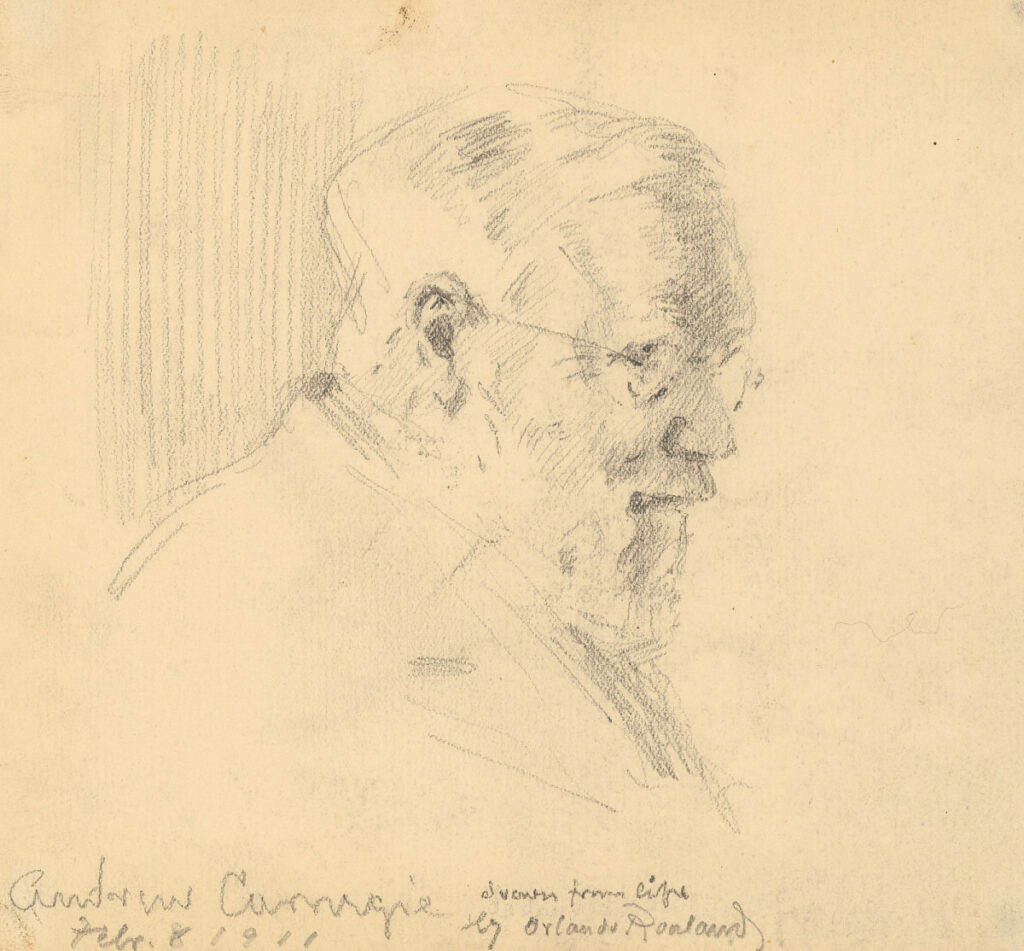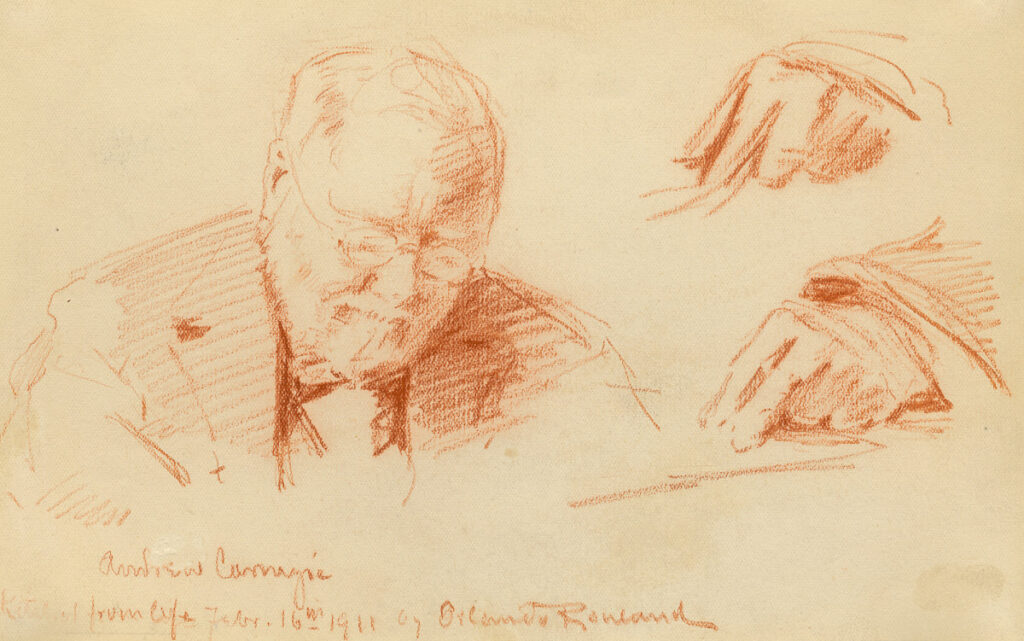Andrew Carnegie, a name synonymous with wealth and philanthropy, was one of the most influential figures of the Gilded Age. Born in 1835 in Dunfermline, Scotland, Carnegie emigrated to the United States as a child and went on to become a titan of the steel industry. However, it was his remarkable dedication to philanthropy that left an indelible mark on the world. Here, we will explore the life and achievements of Andrew Carnegie, focusing on his philanthropic endeavors and their lasting impact on society.
Early Life and Rise to Success
Carnegie’s journey began with humble origins. Andrew Carnegie was born into a poor family in Dunfermline, Scotland. At the age of 13, he immigrated to the United States with his family, settling in Pittsburgh, Pennsylvania. However, his thirst for knowledge and determination to succeed propelled him forward. Through hard work and perseverance, Carnegie rose from a bobbin boy in a cotton factory to a telegraph messenger, eventually securing a job as a railroad superintendent. This early exposure to the world of industry and commerce laid the foundation for his future success.
Carnegie Steel and the Birth of the Industrial Age
In the late 19th century, Carnegie’s entrepreneurial spirit led him to establish Carnegie Steel, which would eventually become the largest and most profitable steel company in the world. Utilizing innovative production methods and a relentless drive for efficiency, Carnegie revolutionized the steel industry. Through innovations such as the Bessemer process, he was able to mass-produce steel, making it more affordable and accessible to various industries. His vision and business acumen propelled him to great wealth, making him one of the richest men of his time.
A Philanthropic Vision
Despite his immense wealth, Carnegie believed in the responsibility of the wealthy to give back to society. He famously stated, “The man who dies rich dies disgraced.” Inspired by the principles of philanthropy, he dedicated the latter part of his life to distributing his wealth for the betterment of humanity. His philanthropic vision was rooted in the belief that education, culture, and scientific research were key to societal progress.

Inspiring Future Philanthropists
Andrew Carnegie’s philanthropic efforts continue to inspire individuals around the world to this day. His philosophy of giving back to society and using wealth for the greater good has become a benchmark for modern philanthropy. Through his actions, Carnegie demonstrated that economic success and social responsibility are not mutually exclusive, but rather intertwined concepts that can drive positive change in communities.
The Carnegie Libraries: A Legacy of Education
One of Carnegie’s most notable philanthropic endeavors was the establishment of public libraries across the United States, including several in New York City. He believed that access to education and knowledge should be available to all, regardless of their socioeconomic background. Carnegie funded the construction of over 2,500 libraries worldwide, with 65 of them located in New York City alone. These libraries became essential community resources, providing people with free access to books, learning materials, and a space for intellectual growth.
The Carnegie Hall: A Cultural Icon
Carnegie’s passion for the arts led him to fund the construction of the iconic Carnegie Hall in New York City. Opened in 1891, the venue quickly became a hub for artistic expression and cultural enrichment. Hosting some of the world’s most renowned musicians, Carnegie Hall has played a pivotal role in shaping the music landscape. Its prestigious reputation has endured for over a century, solidifying Carnegie’s legacy as a patron of the arts.

Contributions to Science and Research
In addition to his support for education and culture, Carnegie also recognized the importance of scientific advancement and research. Through his philanthropic efforts, he established institutions such as the Carnegie Institution for Science in 1902, which aimed to promote scientific discoveries and foster innovation. Carnegie’s contributions to scientific research continue to fuel breakthroughs in various fields, leaving a lasting impact on the pursuit of knowledge.
Contributions to Social Services
Carnegie’s philanthropic endeavors played a crucial role in shaping the city’s landscape and improving the lives of its residents. His support extended to numerous areas, including education, healthcare, and cultural institutions. He funded hospitals and healthcare facilities, prioritizing the well-being of New Yorkers. Carnegie’s dedication to supporting social services left an indelible mark on the history of New York City, making him a revered figure amongst those interested in its rich past.
The Enduring Legacy of Andrew Carnegie
Andrew Carnegie’s philanthropy left an indelible mark on society. His unwavering belief in the power of education, culture, and scientific research has shaped countless lives and communities. The Carnegie libraries, the Carnegie Hall, and his contributions to scientific research stand as testaments to his enduring legacy.
The Bottom Line
Andrew Carnegie, a philanthropic industrialist, exemplified the idea that true success is not solely measured by wealth but by the positive impact one leaves on the world. His dedication to improving society through education, culture, and scientific research continues to inspire generations. As we reflect on his legacy, let us remember the importance of giving back and making a difference in the lives of others, just as Andrew Carnegie did.







